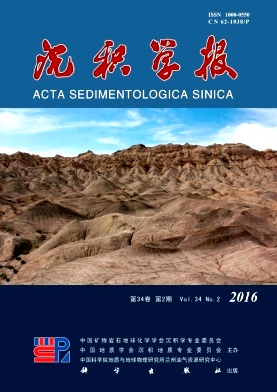Development of Sedimentary Facies Type in Silurian Lower Kepingtage Formation, Tahe Area
doi: 10.14027/j.cnki.cjxb.2016.02.011
- Received Date: 2015-06-23
- Rev Recd Date: 2015-08-28
- Publish Date: 2016-04-10
-
Key words:
- channel /
- sedimentary facies /
- the Lower Member of Kepingtage Formation /
- Silurian /
- Tahe
Abstract: Silurian Kepingtage Formation is the key formation of clastic rock exploration in Tahe area. With the implementation of the three-dimensional exploration, showing good potential for further exploration. But lack of intergraded study on sedimentary facies restricts the deep exploration in future and well placement. Core analysis, logging response and seismic data are applied for sedimentary facies identification and source direction in combination of the study of trace elements and grain size in the guidance of Sedimentology, Geophysical and Geochemical. Study suggests that, the lower member of Kepingtage Formation is channel, tidal flat and shallow shelf. And S1k1-1 is channel and mud flat deposition, S1k1-2 is the continental shelf facies, S1k1-3 is sand flat deposition. The origin of rock mainly comes from the igneous and metammorphic rocks of Cambrian in north-west.
| Citation: | LIU RuoHan, WANG Ming, JIANG ZaiXing, YANG WeiLi. Development of Sedimentary Facies Type in Silurian Lower Kepingtage Formation, Tahe Area[J]. Acta Sedimentologica Sinica, 2016, 34(2): 326-335. doi: 10.14027/j.cnki.cjxb.2016.02.011 |






 DownLoad:
DownLoad: